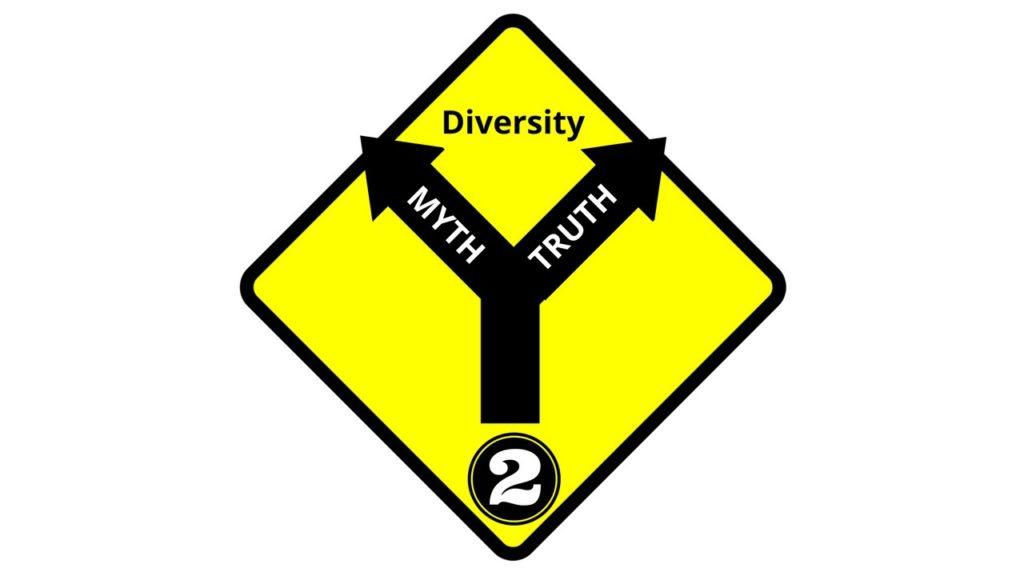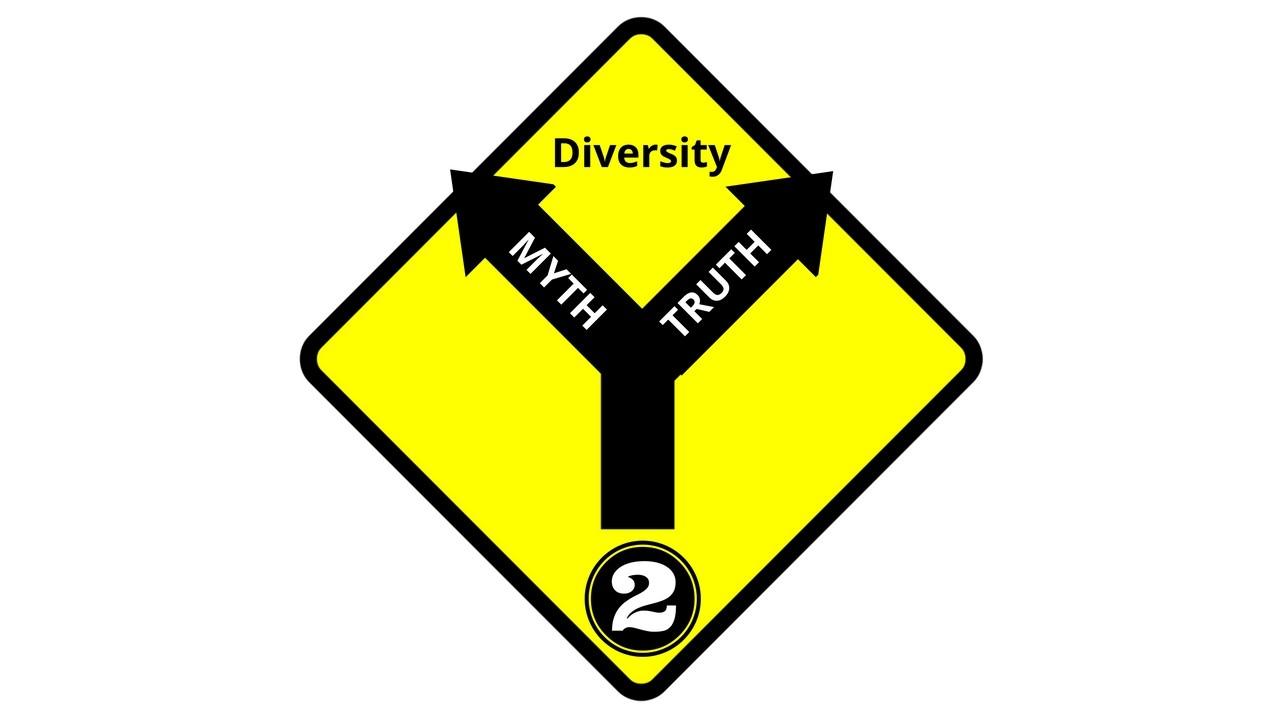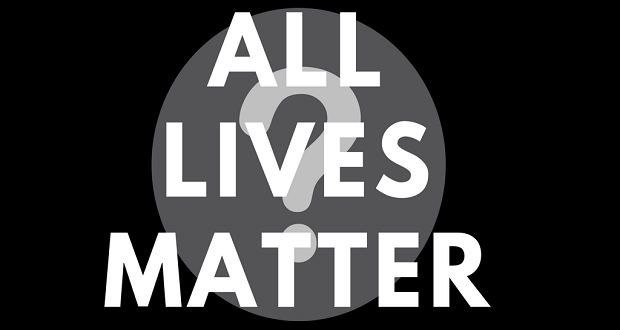
Ask any diversity practitioner if they feel understood, and the most likely answer will be that they do not. Everyone has an idea about what diversity is and what it isn’t. Of course, we are all entitled to our opinions, but too often, our opinions are not facts. This is the second of a five-part series to help dispel some of the myths around diversity work. Last week, I covered Myth #1: Diversity is only about non-majority people.
Diversity Myth #2: Diversity is all about “them.”
When we hear the word “diversity,” we tend to go outward. We think about how people are “different from me.” Diversity is about “them.”
We travel to a foreign country, and we want to learn all about them. What do I need to do to get along with them? Do I kiss, bow, or shake hands when I greet them? How should I address them? We want to learn all the do’s and don’ts to avoid embarrassing ourselves and others.
In business, we want to understand how to recruit or retain or engage a particular group of people, so we try to understand what motivates women or African Americans or Millennials. We want to build our market share in a different segment, so we spend millions of dollars on researching that segment. We want to set up business in a different country, so we learn the necessary laws to keep us out of trouble and develop the necessary relationships to facilitate our new venture.
Focusing on “them,” whether in personal or business situations, only creates dichotomy. It sets up in-groups and out-groups, which only continue to divide us. We judge our behaviors as “right” and behaviors that are different from ours as “wrong.” Even if we withhold our judgments, we think that different styles and practices are out of the norm, when they’re really just out of our norm. We often don’t even stop to think about what our perspective really is.
Certainly, understanding “them” is helpful, but it’s not all we need to know. When we only take time to understand “them,” we only get a partial picture.
Diversity Fact: Diversity is about myself as well as others.
Remember the first Diversity Fact – Diversity is about everybody. That includes ourselves. Diversity is not just about how we see other people, it’s about how they see us, too. In our effort to better understand “them,” we forget that there is one thing in common with every interaction that we have – “me.” What am I bringing to the situation? What are my views and perspectives? What are my expectations? We need to understand our own story so that we can better understand our perspective of the world.
When we jump straight to understanding “them,” we forget that we see every interaction we have through our own lens. That lens includes the values, beliefs, and behaviors we have been taught by the many groups to which we belong (our “cultures”). Our lens shapes how we make our decisions about what is “right” and what is “wrong.” We create the world we see through our perspectives, which have been shaped by our own unique learning and experiences. No one sees the world quite like you do. As a result, self-awareness is key to discovering your diversity.
Self-awareness can be risky. Why? Because we might find out some things about ourselves that we don’t like. That’s hard to take, but it’s also a very important part of understanding what we might want to change. Without looking inside to understand our own perspectives, we can’t discover the hidden biases that might be holding us back from being more effective in our work.
Today, take some time to discover what has influenced your view of the world. And, the next time you want to learn something about “them,” don’t forget to include yourself.
Next week: Diversity myth #3: Diversity is about differences.


















